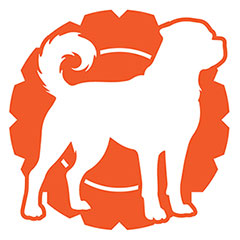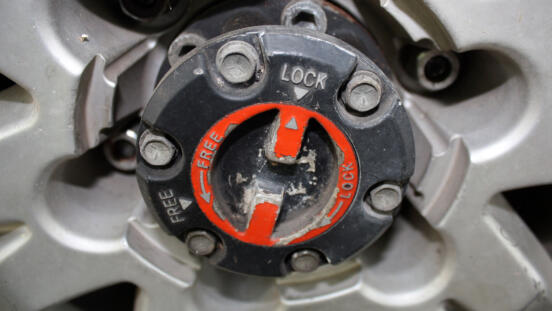
You may have seen many Western society Police or Military K-9 handlers command their dogs in German (Deutsch) and wondered why.
There are both historical and practical reasons Police K-9 units do this, but there are also advantages to adopting this practice for your companion dogs.
Why do Police command their dogs in German?
A number of working dog breeds originate from Germany, e.g. the Rottweiler and Doberman, or neighboring German-speaking countries, i.e. the Belgian Malinois. With many established breeders in their home countries and a history of breeding top working dogs, many service dogs are imported to Western countries rather than bred domestically.
As pups from these breeders are tested for suitability as working dogs, they’re raised and taught in their country’s native tongue. When suitable dogs are selected and imported to Western countries, it makes sense to continue working in the language they’ve learned rather than break the associations of actions and commands they already know and re-teach them in English. It’s far easier, faster, and leaves less potential for confusion for a native English speaker to learn two dozen new words in another language than it is to retrain the dog in them.
A secondary benefit to this is words spoken to and by officers and perpetrators can’t get confused with commands.
German is not a commonly spoken language in the US, Australia, Canada, the UK, etc. Working dogs are trained to the highest levels of responsiveness, and a perpetrator could potentially attempt to command a dog to sit, stay, etc., and to cease pursuit of them.
Working dogs are not in a mindless bloodlust when chasing someone down, they’re completing an action they’ve been trained to do and will stop when commanded by their handler. A perpetrator can attempt to command the dog all day, but they’ve got no chance of success or causing confusion when the dog is trained in another language.
On the flip side of that coin typical English commands like “sit down”, “stay there”, “here”, “come”, “go”, “wait”, etc. are all common phrases and words that could easily come from their handler in conversation with a colleague or perpetrator. With their dog trained in another language, this eliminates the possibility of overlap of conversation and commands and the potential confusion caused by it.
This last point is where the potential benefit of teaching your companion dog in German comes in.
Why teach your dog commands in German?
German is not inherently a “better” language for dogs. It’s not easier for them to learn, and dogs won’t be more responsive to it than English; a dog can be trained well in any language.
The benefit is that, compared to English, German commands are typically short and sharp, with little similarity to most English words. Some examples:
| English | German |
| Down | Platz |
| Heel | Fuss |
| Left | Links |
| Speak | Gib laut |
| Stay | Blieb |
None of the above examples are words/sounds that your dog is going to hear in daily conversation, or from other dog owners at your local parks giving commands to their dogs. This can help stop your commands from being ‘diluted’, and prevent different expectations from being created depending on who/where/how your dog hears a word.
If taught in German, the only time your dog will hear “Blieb” will be from you, and they will know what’s expected of them with 100% consistency.
Above are just a few examples, but an extensive list of commands and translations can quickly be found from a Google search.
As touched on above, if you already have a dog well-trained in English, I wouldn’t be at all worried about changing to German commands; stick with what’s working. If you’re training a new pup for the first time though, consider the above, I think you’ll see the minor effort is worth it.
# German dog commands, Hier, Platz, Frei, Gehen, Fuss, Hopp, Links, Aus, Mitte, Such, Sitz, Steh, Bleib, Gib laut, Pass auf.






